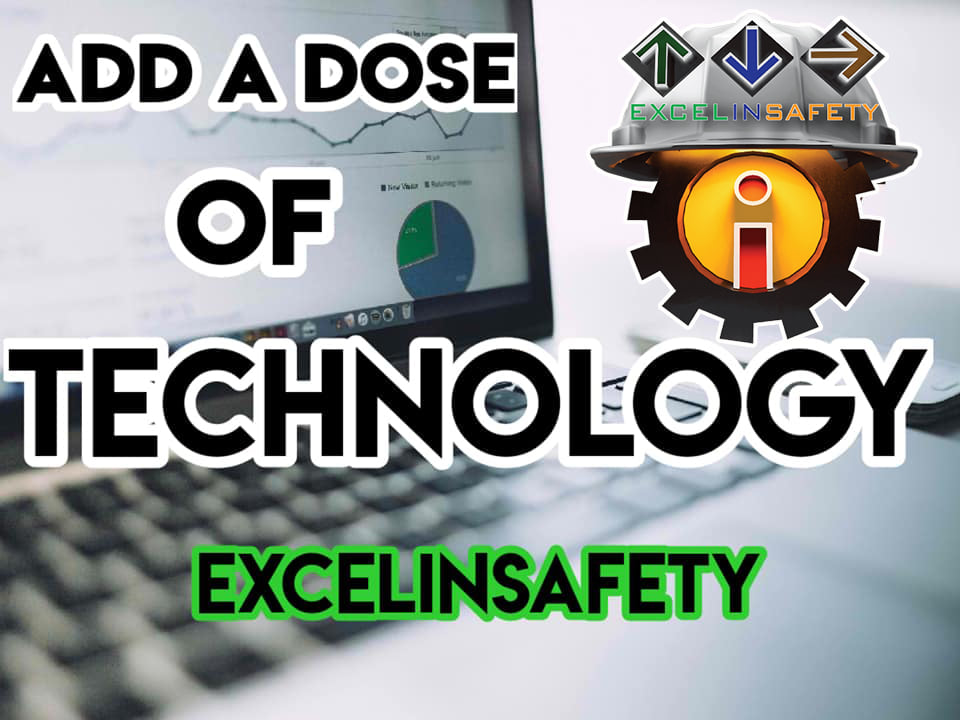Proper documentation is a critical aspect of ensuring safety and health in the workplace. Without accurate records, it can be challenging to identify trends, track progress, and make informed decisions. In this article, we will explore the importance of proper documentation in safety and health and provide some tips for improving your documentation processes.
Effective documentation helps to establish a clear picture of your safety and health program. It should provide information on policies and procedures, training records, inspection reports, and incident investigations. When done correctly, it can help identify areas of improvement, reduce risks, and prevent future incidents.
For example, imagine a workplace where employees are required to wear personal protective equipment (PPE) such as hard hats, safety glasses, and gloves. If there is no documentation to prove that the employees have received training on how to properly wear and maintain their PPE, the employer could be held liable if an accident were to occur. Proper documentation in this case would involve records of the training sessions and signed acknowledgement forms from each employee to confirm that they have received and understand the training.
One of the most significant benefits of proper documentation is that it provides evidence of compliance. In the event of an audit or inspection, having complete and accurate records can demonstrate that you are meeting legal requirements and taking the necessary steps to ensure safety and health in the workplace.
Another important aspect of documentation is the ability to track progress. By keeping detailed records, you can monitor your safety and health program’s effectiveness and identify areas where improvements can be made. This information can help you prioritize actions and allocate resources more effectively.
In addition to providing evidence of compliance and tracking progress, proper documentation can also help with incident investigations. In the event of an incident, having detailed records can help identify the root cause and prevent similar incidents from happening in the future. It can also help demonstrate that you are taking the necessary steps to address any issues identified.
One of the challenges of proper documentation is ensuring that it is accurate and up to date. This requires regular review and revision of documents to reflect changes in policies, procedures, and regulations. It also requires proper training and communication with employees to ensure that they understand the importance of documentation and their role in the process.
In conclusion, proper documentation is an essential aspect of ensuring safety and health in the workplace. It provides evidence of compliance, tracks progress, and helps with incident investigations. By following the tips outlined in this article, you can improve your documentation processes and create a safer and healthier workplace.








Leave a Reply
You must be logged in to post a comment.